Amelia Peláez, a Novel Vision of What’s Cuban
especiales
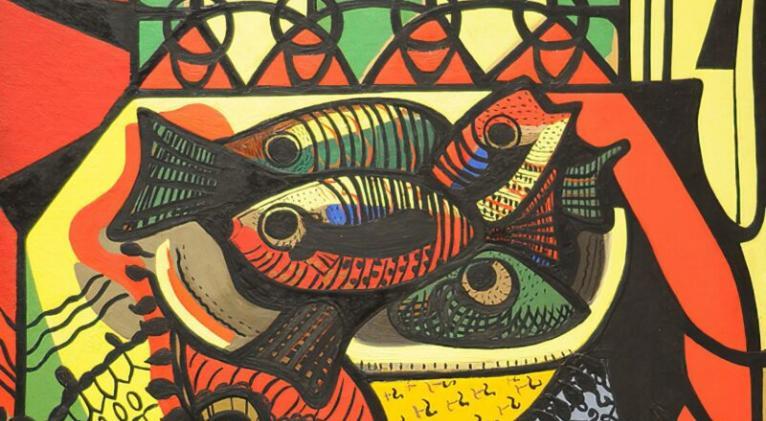
Born on January 5, 1896, in Yaguajay, Las Villas, part of Amelia Peláez del Casal's childhood and adolescence were spent there, who came from a family of intellectuals among whom the poet Julián del Casal shone. At San Alejandro Academy, she carried out her first studies until one day teacher Leopoldo Romañach, captivated by the progress of his student, gave her the best advice: “Go travel the world, because here at the School, there’s nothing left for you to do".
In 1923, in the Salón del Círculo de Bellas Artes, Amelia hung her paintings and the following year she joined María Pepa Lamarque in another interesting exhibition.
She was in New York and then made an enriching trip to Europe. She furthered her studies with the Russian painter and set designer Alexandra Exter. Paris brought her into contact with the work of the artistic avant-garde. During that stage she exhibited at the Zak Gallery. In 1935, upon her return to Cuba, she hung her painting at the Lyceum. She also won the National Hall Award.
In 1937 she was a professor at the Estudio Libre de Pintura y Escultura, in Havana.
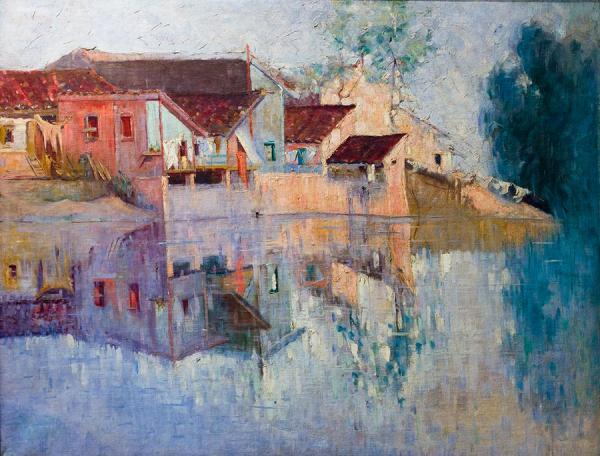
Of an important assessment
In an article, which Guy Pérez Cisneros titled “Amelia Peláez or the Garden of Penélope”, the critic states:
Amelia's cubism is not decorative: the object never loses its dignity as an object, it’s not repeated, it’s not unfolded by mechanical formulas, there’s always love or respect for subjective sensation, that mortal enemy of the decorative. But undoubtedly the great freedom of color, the slowness of the technique, the concern of "work that erases the traces of work", are facts related to the decorative, but natural facts in a woman who is also a painter, and who does not lose her femininity in painting.
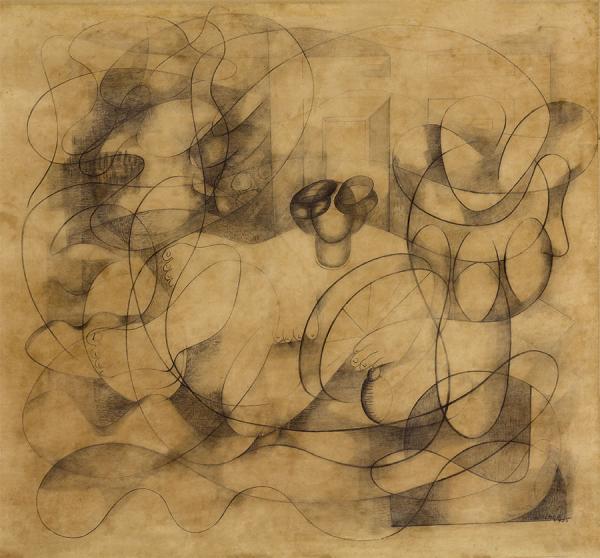
Certainly she was interested in the female figure as in Siesta, 1941; another of her well-known works named The Seamstresses. In the collection of the Museum of Fine Arts there are some of his works with the same theme: The Two Sisters, 1944, Woman, 1945 and another that she also named Woman, from 1947.
In 1950 she began her work in ceramics, which enriched her art.
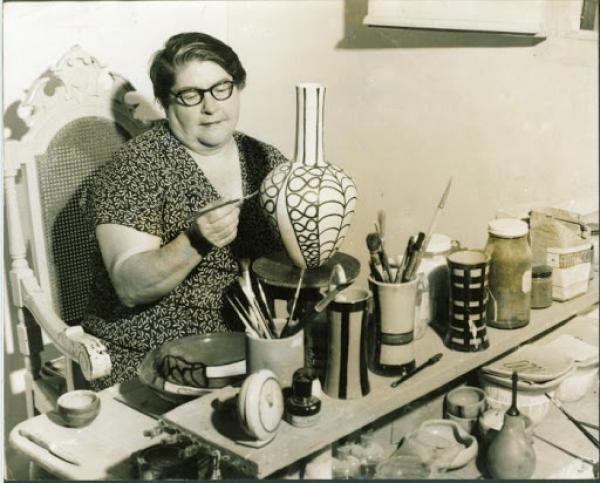
The jugs, plates, fountains and those utilitarian objects she created are part of the artistic production of this unique artist, who set in her work nature, the sinuous line, the baroque style of architectural elements, in a novel vision of what’s being Cuban.
Amelia's works were exhibited at Sao Paulo Biennials, Brazil, and in Venice and she was a jury for the First Inter-American Biennial of Painting and Engraving at the National Museum of Plastic Arts, Mexico City, Mexico.
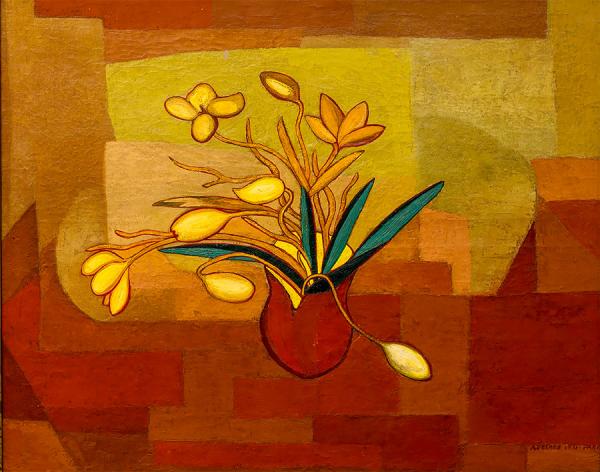
Amelia died on April 8, 1968, in Havana.
During her artistic career she received several awards:
National Painting and Sculpture Exhibition Award. College of Architects, Havana. (She resigned because she considered it unfair).
Prize of the II National Exhibition of Painting and Sculpture. Castillo de la Fuerza, Havana, 1938.
Annual Salon Acquisition Award 1959. Painting, sculpture and engraving. National museum of Fine Arts
National Hall acquisition award, 1962. National Hall. Tribute to Carlos Enríquez. National museum of Fine Arts. Havana, Cuba.
Award for acquisition of the National Hall of Painting and Sculpture, 1964. Tribute to Fidelio Ponce de León. National museum of Fine Arts. Havana Cuba.
1968. National Order 30 years dedicated to art. Havana Cuba.
1973. Third prize in Sculpture. Hall of Teachers and Instructors of Plastic Arts. National Academy of Fine Arts. San Alejandro (San Alejandro School, Havana, Cuba).
Translated by Amilkal Labañino / CubaSí Translation Staff














Add new comment